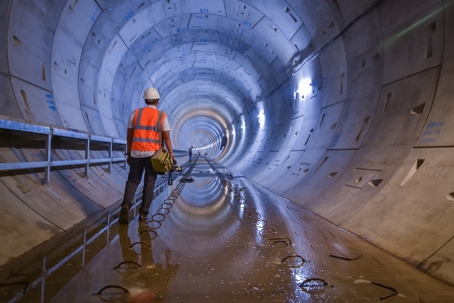The Occupational Safety and Health Administration (OSHA) has limited resources, and it cannot inspect every worksite. As a result, the agency uses a risk-based approach to target inspections at high-risk workplaces where safety and health violations are more likely to occur.
OSHA's top priority for inspection is an imminent danger – a situation where workers face an immediate risk of death or serious physical harm. The second priority is any fatality or catastrophe, such as an accident that requires hospitalization of three or more workers.
Here are the factors OSHA considers when prioritizing inspections:
- Imminent Danger: OSHA gives the highest priority to imminent danger situations. If OSHA receives a report of a workplace situation that poses an immediate threat of death or serious physical harm to workers, it will investigate that situation as a matter of top priority.
- Severe Injuries and Fatalities: OSHA investigates worksites where a fatality or a severe injury has occurred. This includes incidents like amputations, inpatient hospitalizations, or eye loss. How you report worksite injuries can impact OSHA’s decision on whether to conduct an onsite inspection.
- Worker Complaints: OSHA prioritizes inspections based on complaints filed by workers or their representatives. OSHA ranks complaints based on the severity of the alleged hazard and the number of employees exposed. Complaints of low-risk hazards are often handled through communications with the employer rather than through on-site inspections.
- Referrals and Programs: OSHA receives referrals from other agencies or programs, such as the National Emphasis Programs (NEPs) and the Local Emphasis Programs (LEPs). These programs target specific industries or hazards – such as heat-related health hazards or COVID-19 – and may trigger inspections in those areas.
- Targeted Inspections: OSHA conducts targeted inspections for certain high-risk industries or workplaces based on injury and illness data. This data helps identify establishments with higher-than-average injury or illness rates.
- Follow-Up Inspections: OSHA may conduct follow-up inspections to ensure that previously identified violations have been corrected and abatement plans carried out.
- Planned Inspections: Some inspections are part of OSHA's programmed inspection plans. These inspections are based on various criteria, including the industry, workplace size, and the type of operation.
- Random Inspections: OSHA may conduct random inspections in some cases to ensure fairness and discourage noncompliance across the board.
Employers are expected to take responsibility for maintaining safe and healthy workplaces, and inspections serve as a means of enforcement and compliance assistance. OSHA also provides educational resources and training to help employers understand and meet their obligations under federal safety and health regulations.
As soon as an OSHA officer appears at your worksite, contact an attorney with experience in OSHA matters. You can better protect your business by having legal advice from the start of an OSHA inspection or immediately following a worksite accident.

